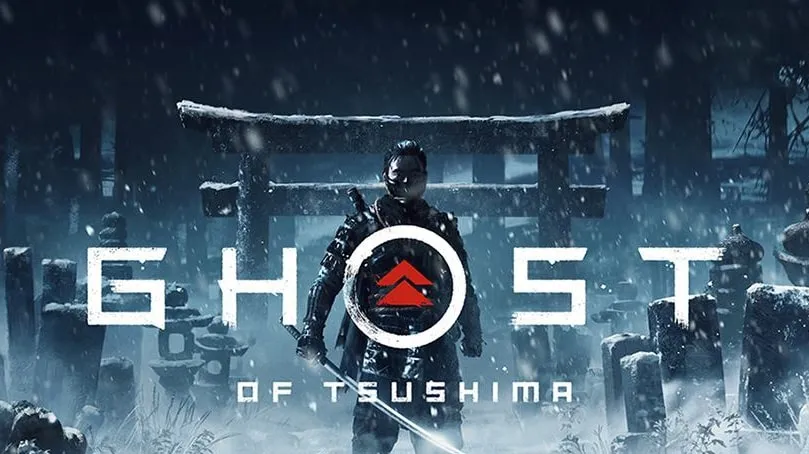
- Hello! I'm Hell and this is my analysis and honest opinion about Ghost of Tsushima.
We analyze the work of the creators of Infamous, Sucker Punch, in what will be the predictable end point of the PS4 games.
Sucker Punch spearheaded the current generation with Infamous Second Son, one of the first PS4 exclusives and a game that was touted as one of the faces of what the machine could do. The title had brilliant graphic details and was effective in illustrating some facets of the current generation, but it drew mixed reviews.
Interestingly, the studio subsequently released Last Light, a standalone expansion that performed significantly better than the original game thanks to more focused content and a protagonist who was easier to connect with.
It has been a considerable time between projects, leaving Sucker Punch with the curious privilege of almost launching this generation and dismissing it as his two brands in it, but it is clear that it is time that has been dedicated to creating a work that raises the level of the I study from love for Japan and samurai movies. From the hand of Suhei Yoshida, who played a key role in bringing the project to life before he left his position as head of world studies and with huge resources that are noticeable in the production values of the work in his Altogether, the Washington studio completes its most ambitious bet, a spectacular title in some ways but one that also fails to achieve the excellence that the studio so earnestly seeks.

- Kamikaze, the wind of the gods.
The game takes place on the island of Tsushima, a group of Japanese islands straddling Korea and Japan that were protagonists in the failed Mongol invasion attempt in 1274, one of the most defining moments of Japan as a nation and the origin of the term “Kamikaze ”, The wind of the gods that helped sink the invading fleet and thus repel the then unstoppable hosts of Kublai Khan, who have just turned Korea into a vassal kingdom and aspired to complete their expansion to the east by conquering the country of the rising sun. From that historical reality they shape the figure of Jin Sakai, a samurai last descendant of his clan who receives a blow of reality when he finds what it is to face an army not only superior in number and endowed with unknown war technology, but also one that is not governed by the codes of honor typical of the Japanese feudal warriors.
From a teaching paid in blood, Jin little by little undoes the chains with which he has grown up and thanks to which he has become the person he is. If the enemy is savage and uses the samurai way of fighting against him, he cannot afford to die "honorably" while enslaving his people and ravaging his birthplace, whatever the cost. Reluctantly but unstoppably he abandons the precepts of honor as he understands them to become the sinister figure of the "ghost" and inspire terror in his rivals based on effective but not honorable strategies based on rapid, unexpected and brutal attack. This duality between the samurai and the ghost will be one of the plot keys of the game, although not of the game mechanics.
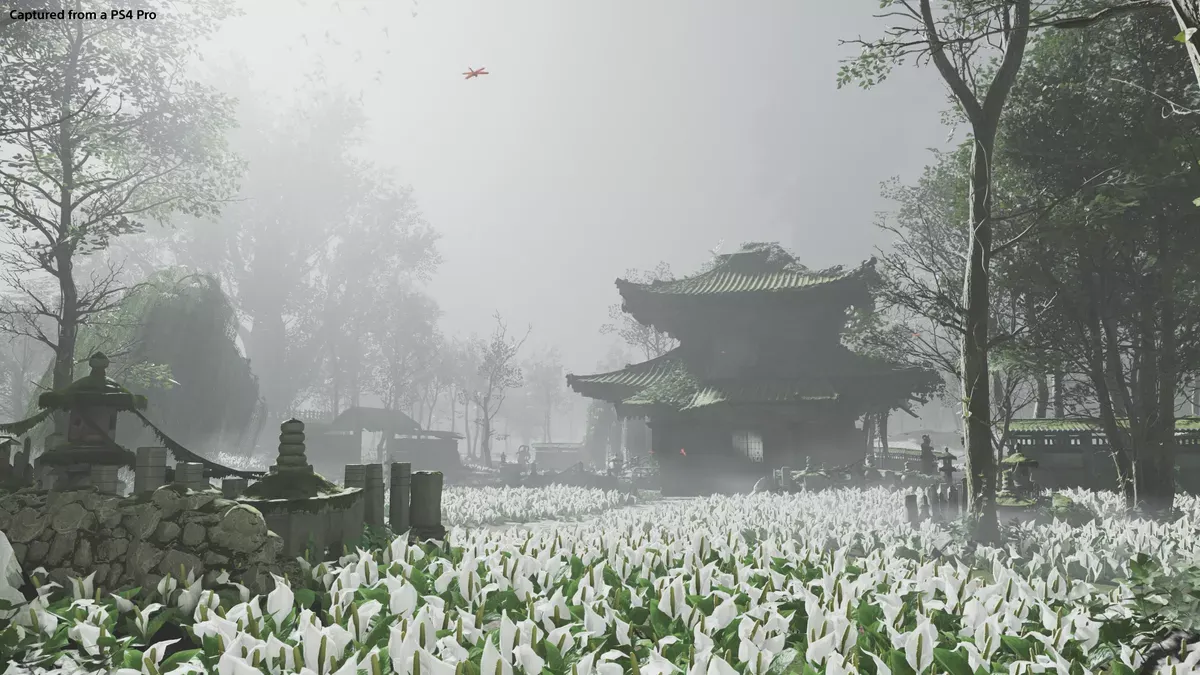
- There is no ying or yang.
Despite this marked plot border between fighting like a samurai and like the ghost, at the moment of truth there is not such a substantial reality when it comes to fighting. It could be thought by watching some of the previous videos that the evolution of the character is divided between both sensibilities, but the truth is that we can access the entire arsenal of Sakai without limitations or distinctions, only limited to our will by what we want to do at all times . If we want to fight like a samurai, always facing the front and announcing ourselves to the enemy, without running from behind, equipped with heavy armor and without tricks, we can do it. If we want to shoot stealth, using all the tricks we have, attacking from behind and other niceties, we can also do it, because throughout our adventure we will be able to access all the points and all the necessary tools to develop both facets and do it at Will.
Perhaps from the logic of an RPG it would have been pertinent that there was a distinction between both styles, that we could only develop in one sense at the expense of the other or some reaction from the world around us, but it is clear that Ghost of Tsushima is conceived as a game action and does not limit the range of options of our character or what he can or cannot do depending on the “role” that we want to give him. There is also no negative consequence of wearing one armor or another - you might think that taking certain jumps in the game is more difficult in full armor than in cloth garments, but this is not the case here; the protagonist can move around comfortably wearing any outfit and he only has to attend to the kind of bonuses that each outfit offers him - and in the end you can even do without those extras for the sake of wearing the outfit you prefer. It is not a criticism, since the title is sold as an open world action adventure and does not have to address these considerations more typical of the role, but it is a detail that is worth commenting to take it into account.
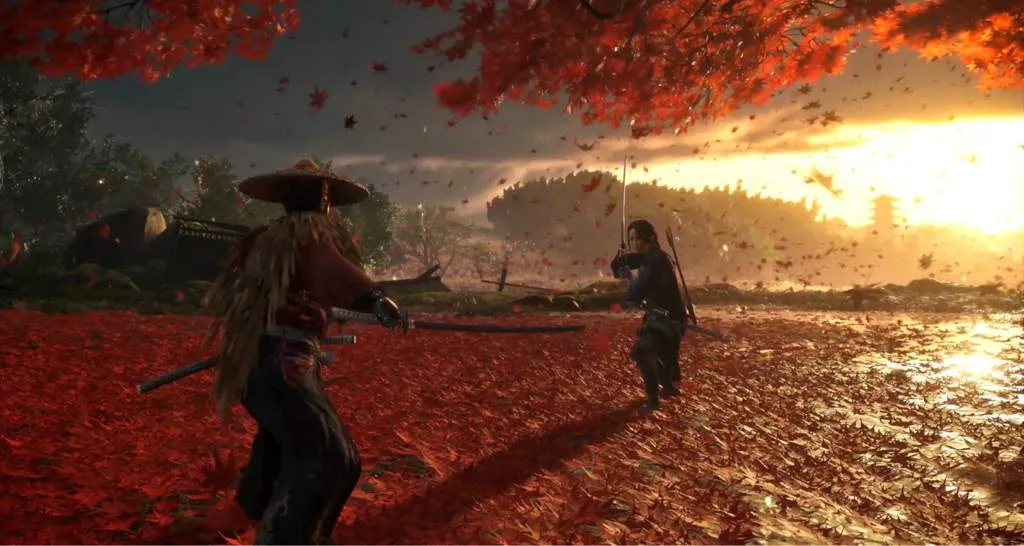
- The way of the sword.
One way to define Ghost of Tsushima's distinctly Japanese personality is in combat. It is a game that owes its maximum influences from samurai movies and therefore it is not worth it for the protagonist to dress as one and carry a katana. The way of fighting with it has its own aesthetic and mechanical connotations and that is something that is appreciated from the very beginning. It is remarkable the effort that has been put into the recreation of combat with this weapon, the animations, the way of moving and how the whole body accompanies the movements according to the weapon we are facing. The katana is the foundation stone of action, here there is no variety of weapons to carry or anything like that, everything is centered around the legendary Japanese steel.
To ensure that single-weapon combat is rich enough to sustain the entire game, the katana combat system is elaborate and has a tactical touch that keeps it interesting and varied throughout the game. As we play and eliminate or observe Mongol leaders, we unlock the four positions from which to strike, each with a variety of combinations and, most importantly, each particularly effective against certain types of enemies. It is not that you cannot defeat an enemy if you do not use the correct position, but it makes things easier to do so since you can break their defenses more quickly and since a rapid change is used in real time -with the convenient slowdown-, we will achieve better results if we change on the fly depending on the weapon and the type of enemy we have in front of each moment.
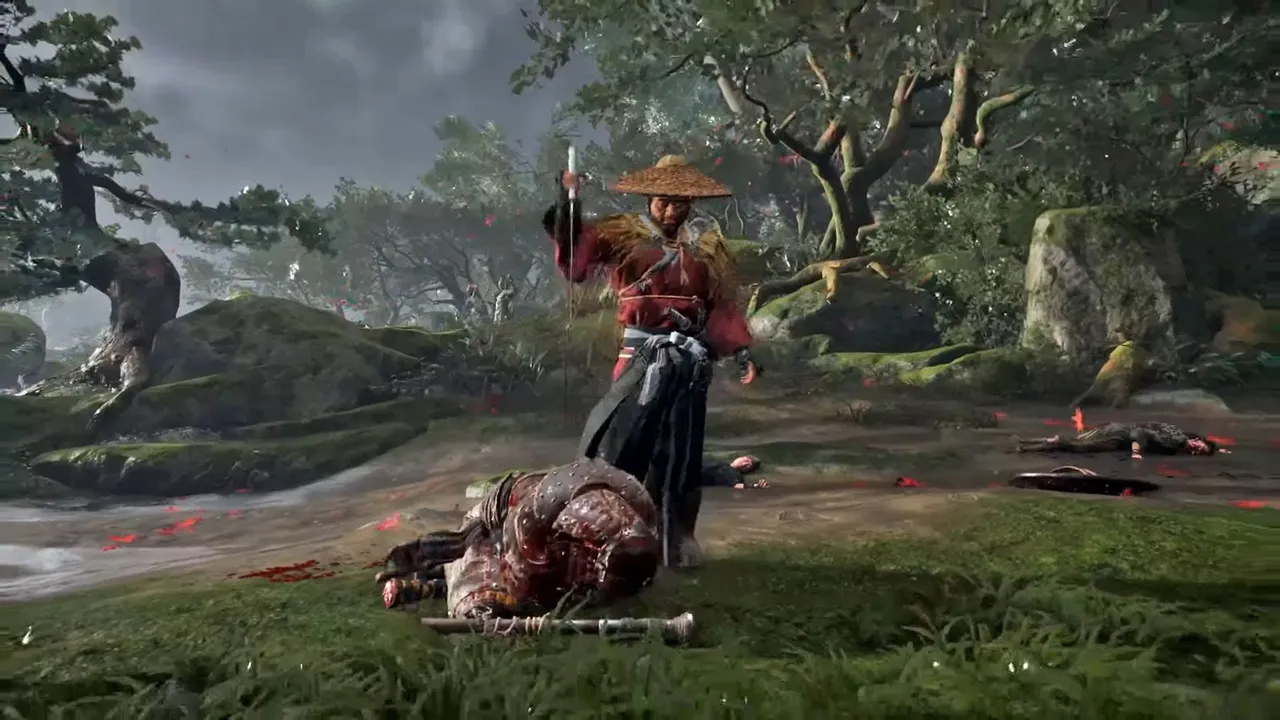
All this has its zenith in the moments of individual duels, one-on-one combat against renowned enemies in which we will not be able to flee or use any of the tricks of Jin's arsenal. A pure and hard combat of skill and reflexes in which some of the virtues of the proposed system are evident, such as the importance of measuring well the moment to block the rival attack, to be able to make a powerful counterattack, or the ability to dodge the rival at the right moment. An attempt is made to reflect at different times the stress of handling a weapon known for its speed and lethality, in which a fight can be decided in moments.
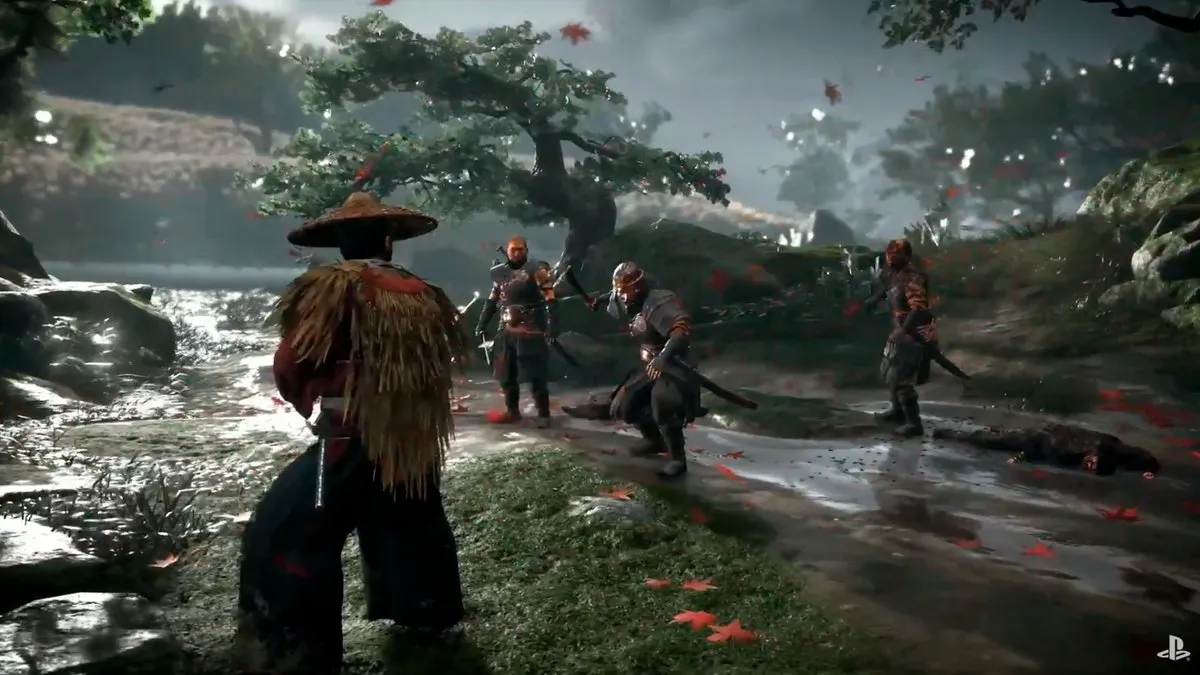
- The way of the ghost.
On the pillar of the katana rest the other alternatives of Jin, who will add a varied arsenal of weapons and utensils that will make him more adaptable to the circumstances that he will face. This complementary arsenal is limited but easily replenished and extremely useful in facilitating combat. The kunai, throwable blades, will allow us to quickly kill the annoying Mongol dogs and can unbalance any enemy no matter how armored it is, which will allow us to cancel their attacks momentarily and open a window of opportunity to launch a wave of attacks; The smoke bomb will allow us to hide in front of the enemies' noses again, especially powerful if we expand our assassination capacity to three enemies together. We also have a sticky bomb that can do significant damage to a group of enemies and a tool that will attract the attention of the guards so that we can go the other way if we look more for a pure infiltration. To all this we must add the use of the arch and a couple of other elements that will give us many options when it comes to planting in Mongolian lands.
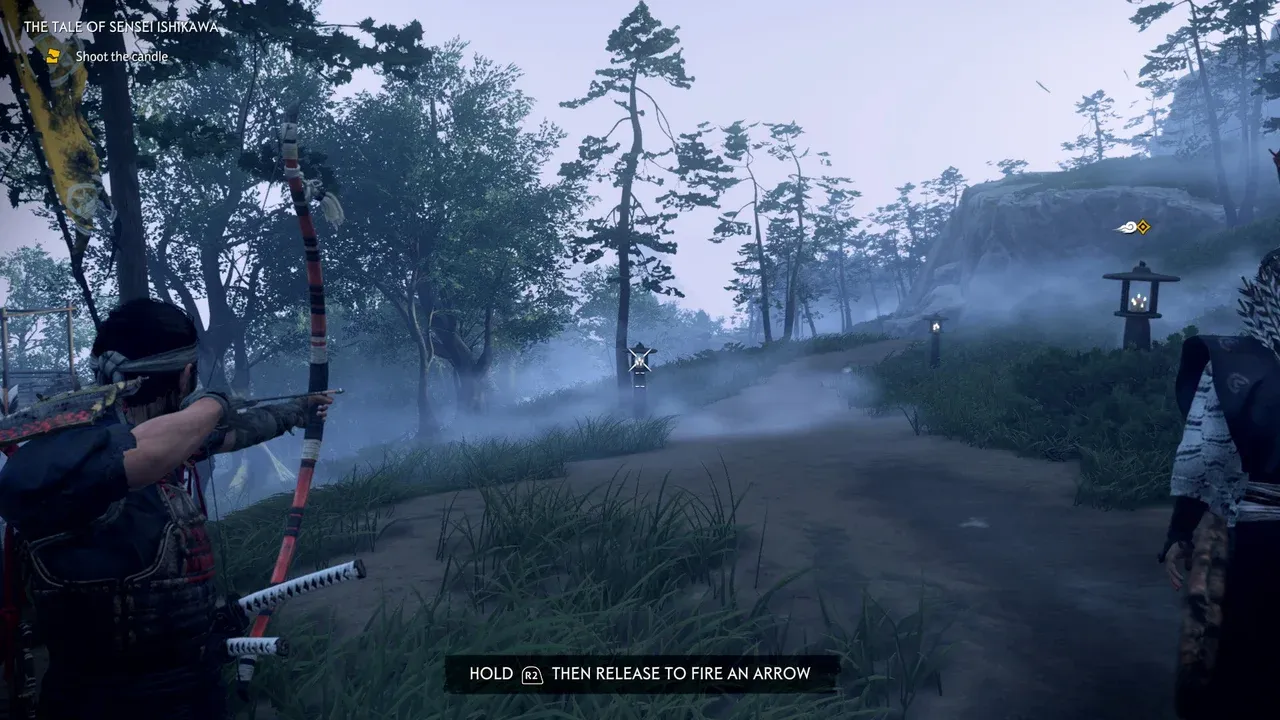
In practice, in normal difficulty it is difficult to face a large group of enemies head-on, although it is perfectly possible. The attack patterns are designed so that if you focus too much on one enemy, others will attack you from the blind spot, while several enemies can launch almost simultaneous attacks, which makes it advisable to use the aforementioned tricks to avoid having multiple enemies Surrounding you - more than four is usually not a good idea and can put you in a bind unless you are well equipped to withstand punishment. The other key passes through the "will", which is what allows things as important as healing yourself and also using special abilities in the form of master techniques that significantly lower the general difficulty of the confrontations if you face the missions necessary to obtain them.
Will works based on your actions: it adds up if you perfectly block an enemy's attack, if you execute a Mongolian soldier to “end their suffering,” if you defeat enemies, and other circumstances. With a complete unit we can heal ourselves in the middle of combat, so it is important to stay on our feet, but it also allows us to use master blows, which is surely our most powerful weapon: difficult or impossible to stop special blows that can finish off opponents complicated or leave them significantly weakened to finish them off. They are four and spectacular in their own measure, but the problem is that their power and the frequency and ease with which we can execute them ends up lowering the level of difficulty of the game. Before landing any, direct combat can be a bit more complicated and tense, which changes radically once you have a couple of masterstrokes in your hands.
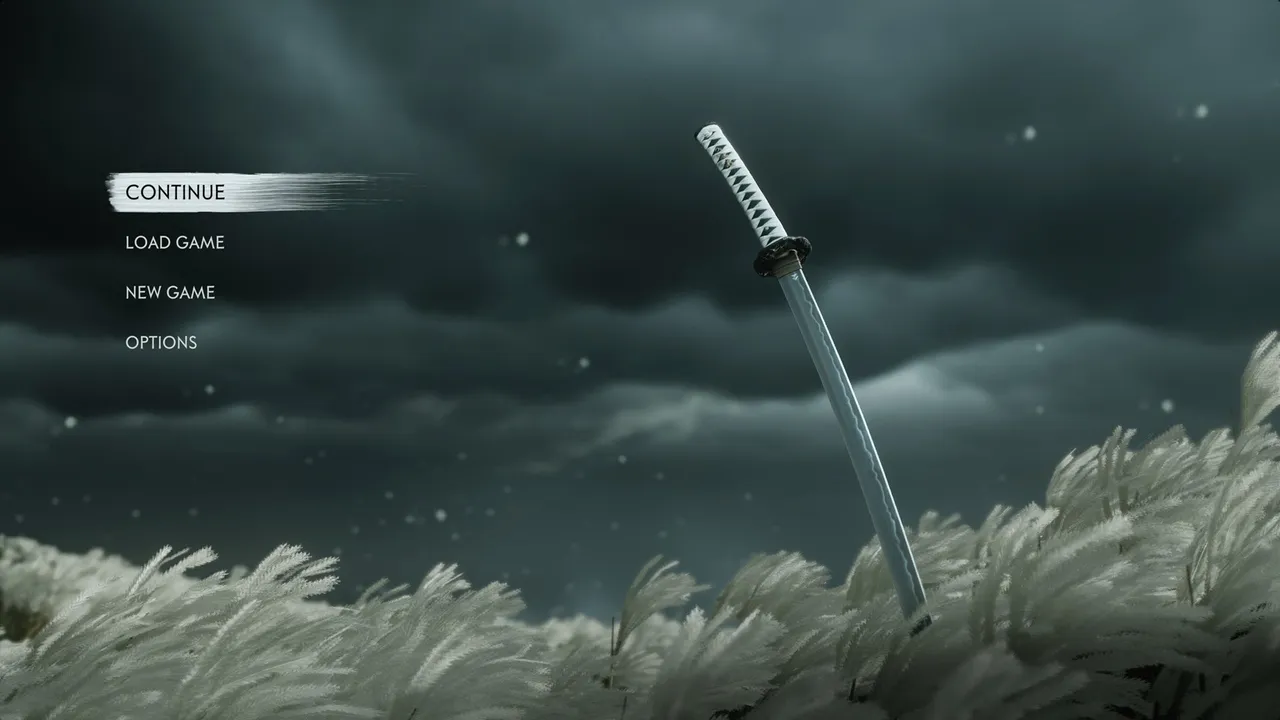
In general, the progression of the difficulty is somewhat strange, since at the beginning it is more complicated and as you play, despite the incorporation of harder varieties of enemies, combat becomes easier as soon as you use all the tools at hand. your disposition, to the point that we remember more exciting battles at the beginning than at the end, quite a paradox in the default difficulty mode and something that should be toned down a bit in a higher difficulty mode. In any case, we can confirm that it is not Sekiro neither by requirement nor by general difficulty, which surely will not surprise anyone.
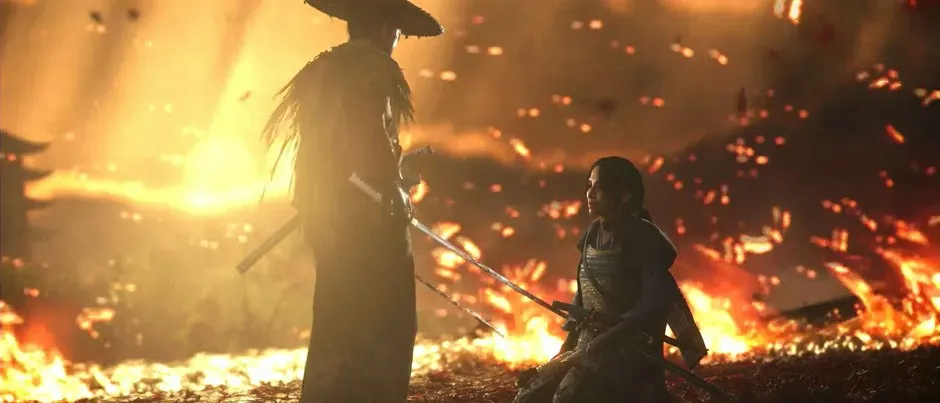
- Mission structure.
Ghost of Tsushima is an open nature game, leaving us complete freedom to march through Tsushima, although blocking some sections until completing certain key missions, which in turn depend on different preconditions. It is a clear structure, perhaps too much, in which the game is condensed into concrete narrative blocks that as a whole do not cover the breadth of the territory or the average duration of the game. We miss a little more story, perhaps some secondary characters more or more missions that have interesting content to give more packaging to the whole. What there is is not bad, Jin is an interesting character in his contradictions and the stories with those around him are well carried out -although there are moments of inconsistencies and gaps, besides he is not a paragon of originality or has an overwhelming charisma like protagonist - but the story of the game cannot support Tsushima's open structure and size.
Given this fact, there are a whole series of missions spread throughout the map that basically come down to going to a location, cleaning the area of Mongols or bandits and something else. This is perhaps one of the most relevant problems when it comes to putting aside the game of excellence: the lack of originality when it comes to setting up missions, whether primary or secondary. The vast majority are completely focused on combat without further ado, and those that try to offer something different also end up repeating in their structure. Reaching an area to look for clues about what happened to be able to follow a trail of footprints on the ground, detectively, brings something different between combat and combat. But the tenth time you repeat the same approach - which is not conceptually a fun bomb either - the truth is that it already bores. The “detective mode” thing is already a trend that, unless it is done in a more ambitious and creative way, is something that should begin to seriously rethink (Arkham Asylum has already passed the decade of its launch, we can say that the freshness of the idea has expired).
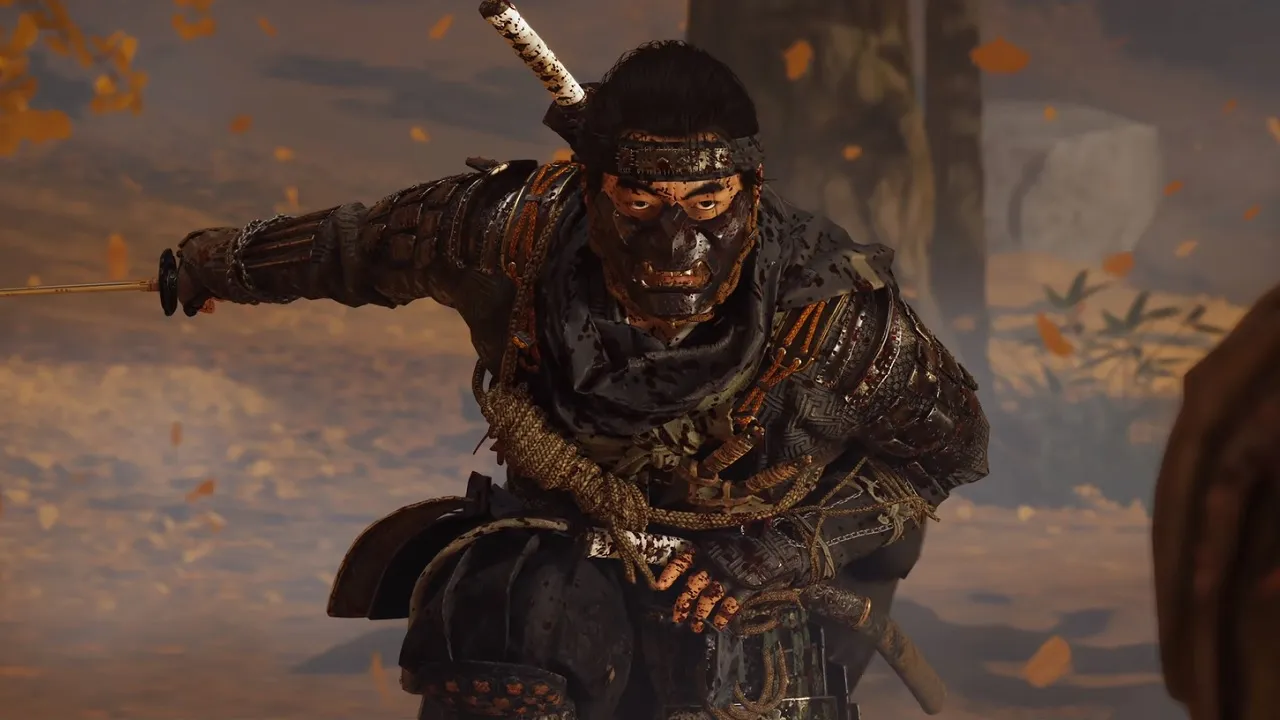
Of course, Ghost of Tsushima includes a large number of collectibles, which will support a long game in search of Platinum for those who enjoy that facet, and it is also something in which the studio has put documentary work, since a collection is from Mongolian objects, which will appear in our menu perfectly modeled and with an explanation of their usefulness, so that we can better understand the culture and way of life of one of the most powerful empires in the history of mankind. Another collection are documents in which we are allowed to know more about relevant or anonymous characters distributed throughout Tsushima, in which we also find interesting things -which perhaps would have contributed more being more integrated into the story itself, but of course, it is cheaper to present it in text form.
Apart from this there are other minor activities: following some yellow birds will take us to possible points of interest; rescuing villagers imprisoned from the Mongols will allow us to know some points and events on the map; Following the foxes will take us to small altars dedicated to Inari that will allow us to equip ourselves with more medallions to achieve combat bonuses; There are also various bamboo stalls that will allow us to train with our sword and increase our will. And there are also temples in hard-to-reach places that we can find. There is not a wide range of activities, but between the multiple fixed points of conflict, the enemies that we find randomly on the roads and these activities, there will always be something to do, even if we miss a little more variety.
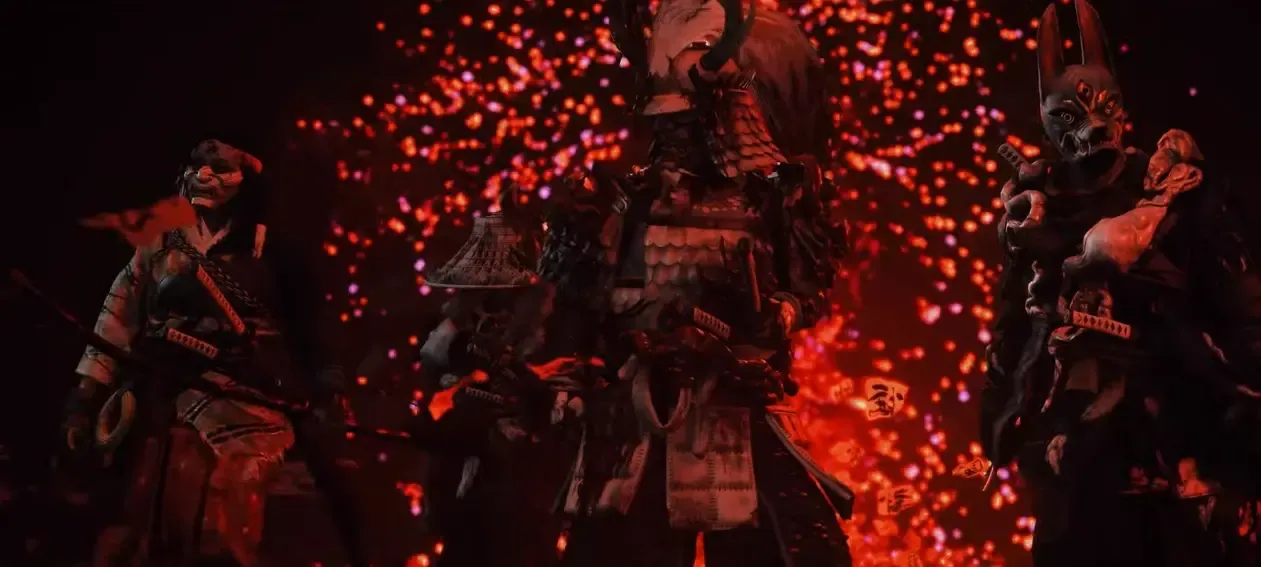
- Following the wind.
It is welcome to highlight the work that Sucker Punch has done around the interface, reducing artificial indicators to a minimum and leaving all the prominence to the beautiful world they have recreated. It is not that it is revolutionary, and it is clear that the current trend, fortunately, aims to reduce the HUD to the minimum expression, but it highlights the naturalness with which the study has raised the wind as a guiding element. We will be able to look at the map to indicate points to which to go, and once in the game we will only have to slide our finger up on the panel so that a powerful gust of wind blows that marks us the direction we want to go. The wind is a permanent element in the islands and is a natural part of the landscape at all times, so it is not that it only blows when we ask it, but that it will do so in a certain way, so it is something perfectly integrated and which increases our immersion in the Japanese islands. If we add this to the guidance of the foxes and the yellow birds, as well as the fact that a flock of birds in the distance can mark places of scenic interest, we have a good variety of natural guides perfectly integrated in the game that mark the way to follow so that our experiences are as natural and immersive as possible.
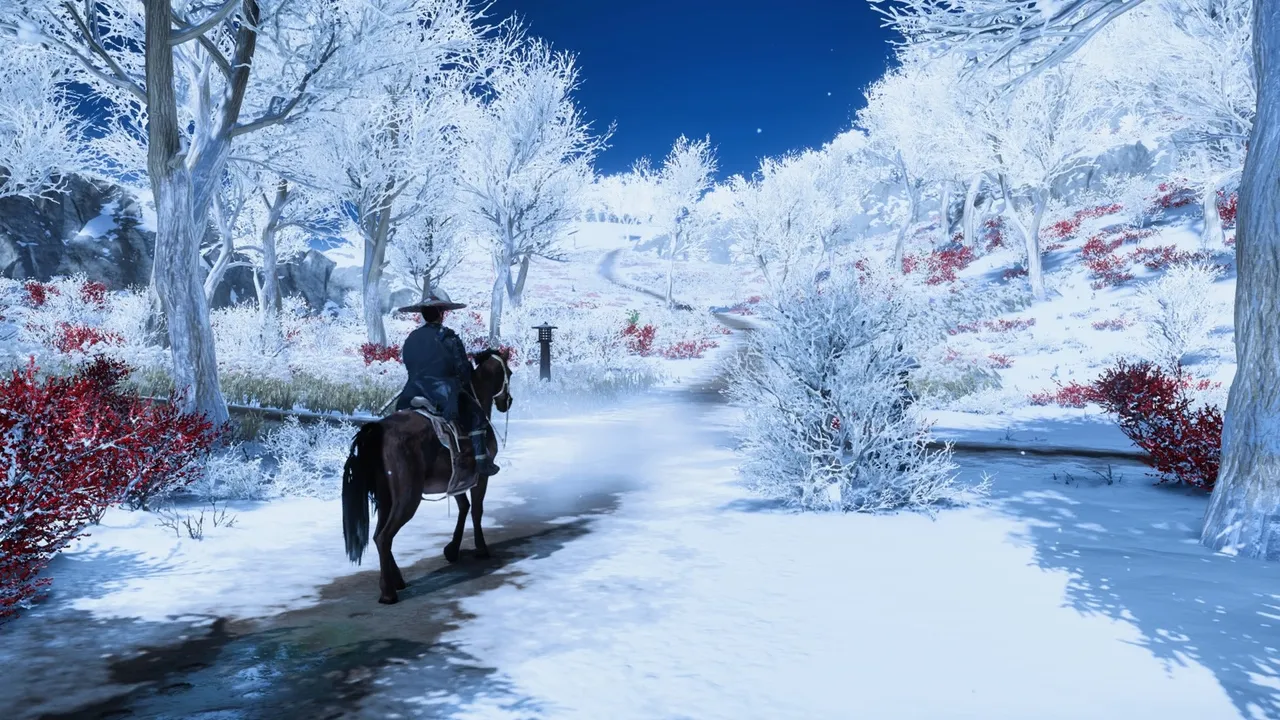
- One of the most beautiful games of the generation.
It's good that the effort was made to minimize the HUD, as Sucker Punch has put together an exquisite recreation of the primeval natural beauty of these islands. All a crowning of the capabilities of the (still) present current generation at the service of dream landscapes, with its lush and varied vegetation or its volcanic terrain always ready to offer contrasts. It is a work very focused on producing natural environments, with little presence of humans or structures, leaving the capabilities of PS4 to highlight the visual impact of its endless landscapes, the explosion of colors of the flower meadows, or the effect of the sunset on the still waters of the pond.
In fact, one of the best “side” activities in the game is to search for the most photogenic corners of the islands. The four seasons meet on the islands and the mapping is the perfect size to accommodate all kinds of locations without being excessively expansive. The visual impact played on a PS4 Pro is quite remarkable, especially when combined with certain ambient lights at day and night. In addition, it is a landscape always in motion thanks to the constant wind that rocks the vegetation and fauna always present on stage. Some of the most captivating moments in the game are finding certain locations at certain times of the day, which will invite us to be enthralled with how far the game is coming in terms of visual fidelity - and the room for improvement it still has.
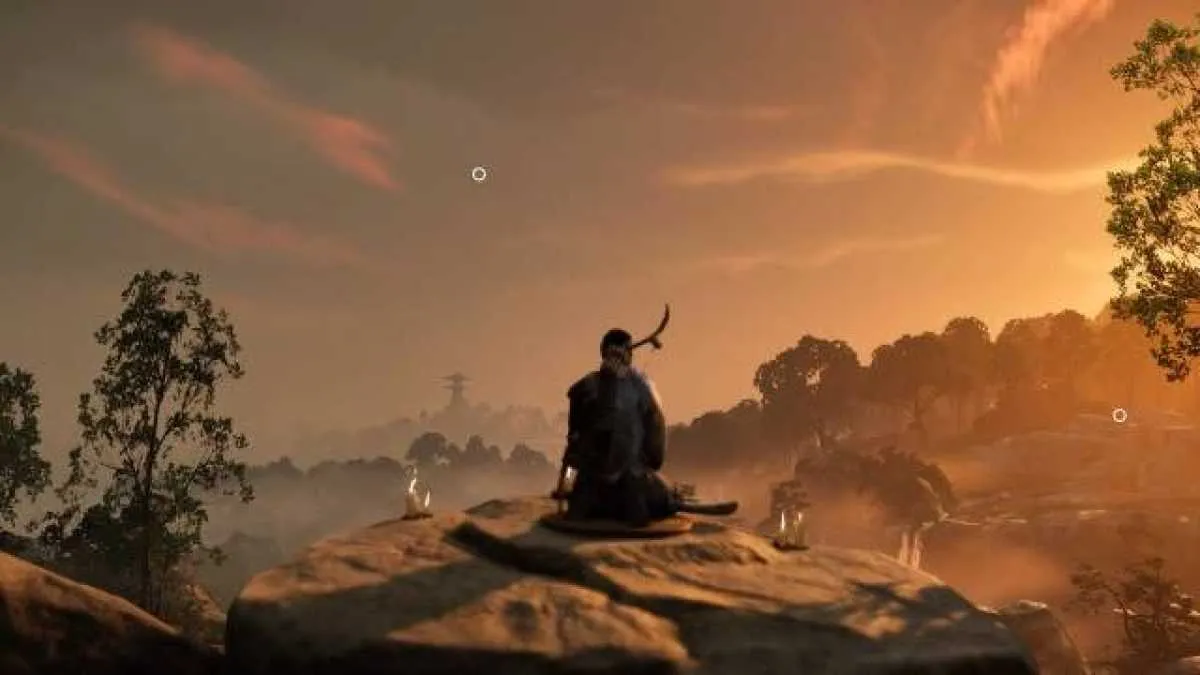
Of course, although the natural environment of Tsushima is among the highlights of the generation, this does not imply that the entire game is at a similar level. The work on kinematics and modeling of characters or facial expressions is clearly off the hook compared to what we have seen in other recent games. In addition, all the effort from the Washington studio has gone into open environments, while the few interiors we visited show a disturbing lack of variety and detail. It is true that we will hardly step inside, but we cannot say that this is precisely a virtue. Perhaps we have found the limits of the current generation when it comes to presenting large open worlds with houses that we can enter and without loads, in which case, the arrival of the new generation and its solid SSD drives should constitute a foundation stone to elevate the way in which these digital territories are built.
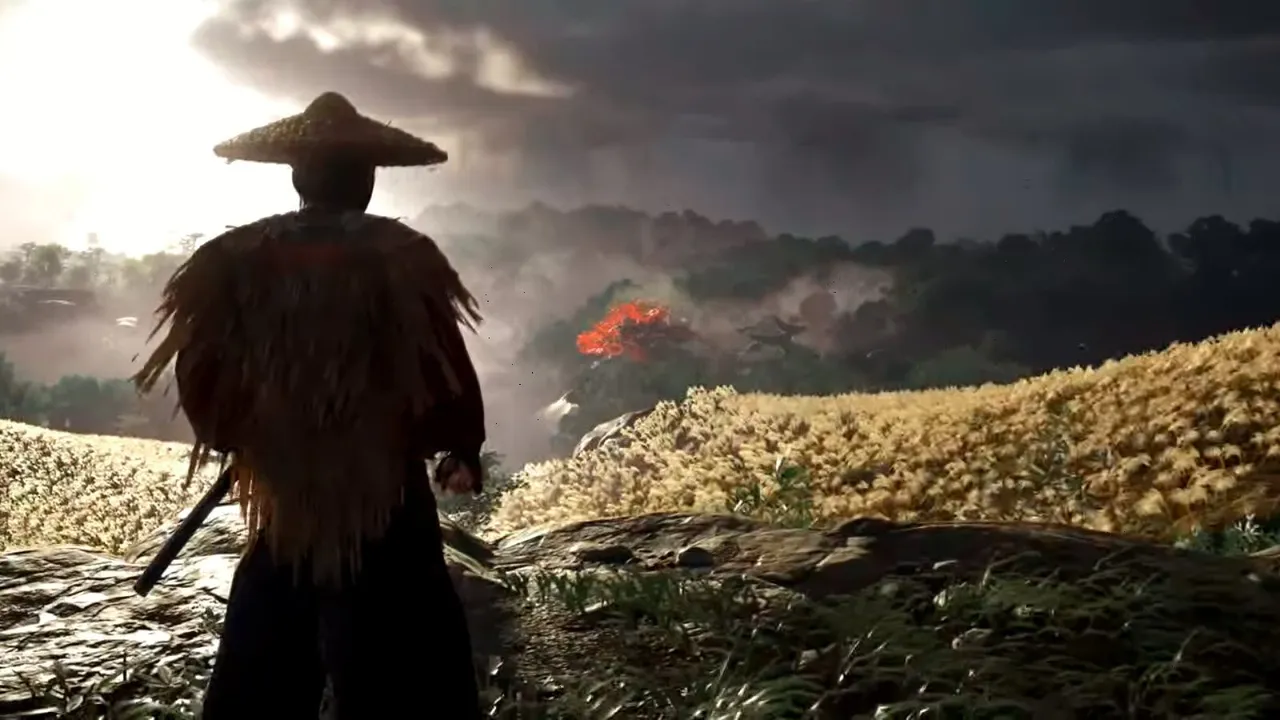
- Zoro Ronoa and Kurosawa.
There are certain details of a game that indicate that it has been invested in it and the details have been taken care of. They are non-essential things that nevertheless say a lot about the love that has been put into the project, and the influences that feed it. On the one hand there is the so-called “Kurosawa Mode”, a black and white display mode with artifacts that tries to reproduce the sensations of some of the most emblematic films of the great Japanese film director, for which of course they have had the blessing of the foundation that cares for its enormous cultural legacy. The effect is curious, although to reproduce the aesthetics of the Seven Samurai you need more than well-placed filters and the contrast between the digital and the classic aesthetics of those films is a bit shocking - although you can capture great moments by playing around with photo mode.

The other detail is that the game arrives perfectly dubbed into several languages, including Spanish - in a perfectly decent job. But all that is overshadowed when we have available neither more nor less than the legendary Kazuya Nakai giving voice to Jin, which will make many fans of One Piece or anime in general put that dubbing by default. The voice of Zoro Ronoa or Mugen from Samurai Champloo, among many others from his distinguished career, is a more than powerful claim so that it is difficult for us to see Jin speak in any other way than with that characteristic voice. Nakai changes the register a bit here for the needs of a character who is not as tough and brash as some of his most emblematic roles may be, but he is still him and that gives Jin a strength that many times his own dialogues. The rest of the voices in the Japanese dubbing are also at the highest level, in a clear attempt that although it is not a locally developed game, it attracts the attention of the users there - do not miss the great Japanese trailer created in the likeness of the promotions of the old films there, another detail that indicates the degree of attention that is being paid.
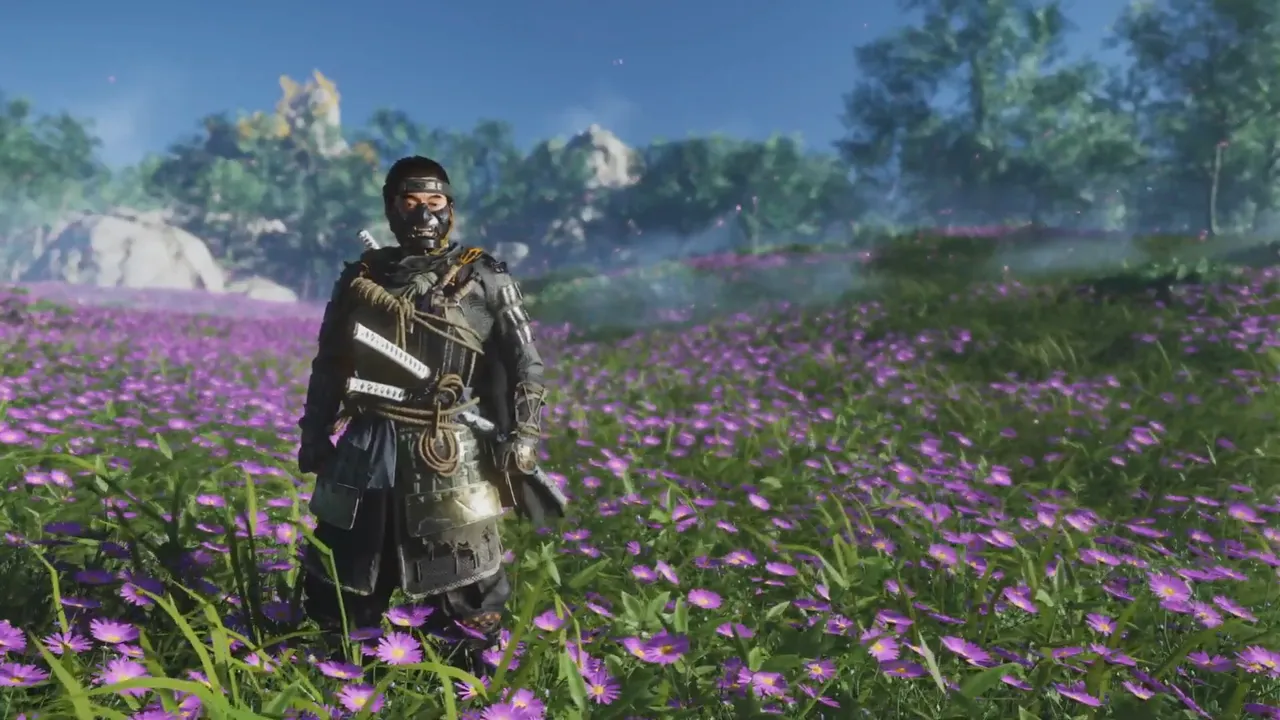
THE BEST
- One of the most beautiful games of the generation
- A varied and entertaining combat system
- Good approach to minimizing HUD
- Details like Kurosawa Mode and historical documentation
- Kazuya Nakai as the voice of Jin in the Japanese dubbing
- Hand-to-hand duels
- A photo mode that will delight fans
WORST
- Repetition of mission structure
- A difficulty curve that flattens out at the end
- There is not enough general content to justify the size and freedom of the map
- The "detective" missions need a deep rethinking, in particular and in general
My score: 8.5 - Very good
Most popular on the internet: 8 - Very Good
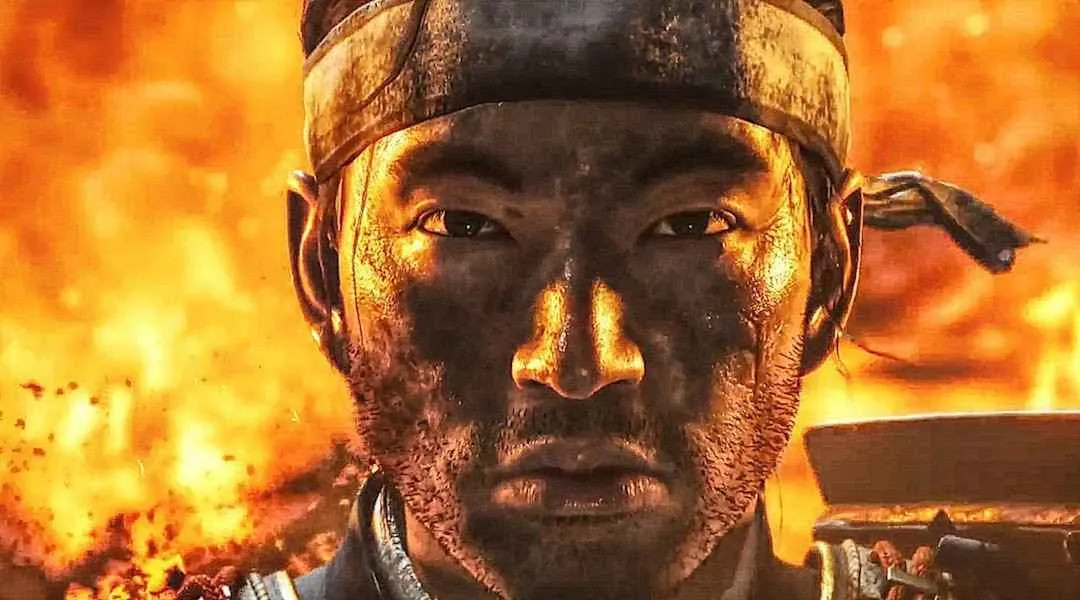
A game with a remarkable finish that we will enjoy and remember. A good buy, highly recommended for lovers of the genre. It is well cared for at all levels. It is a game that is definitely worth trying, it does not have great weaknesses and I think it is a game that exploits the rafics of any console quite well.
If you liked it, don't forget to upvote and comment! Do you want to continue seeing more video game post follow me, I'm always up to date with what's new and some retro! stay tunned!
